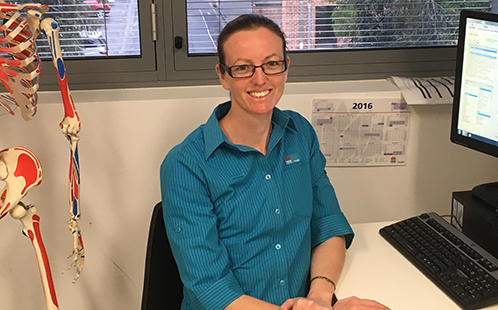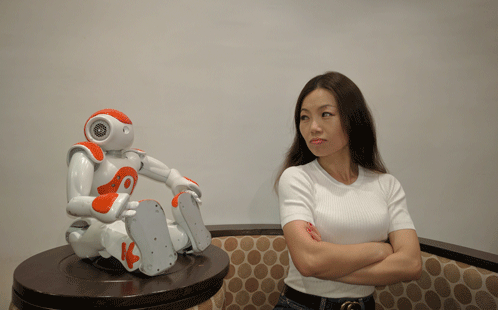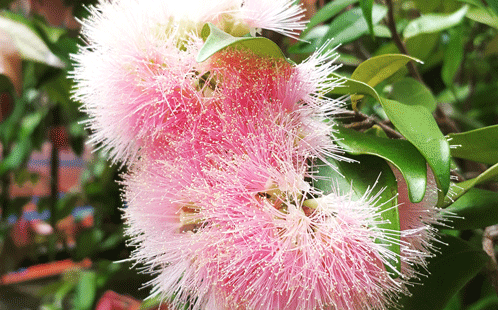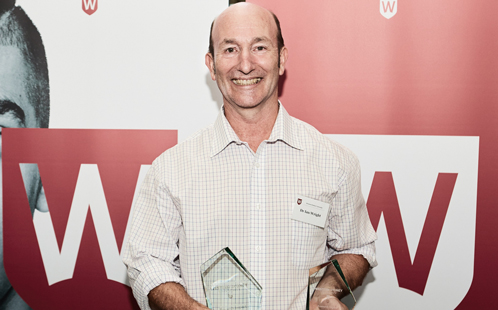Study finds culturally-sensitive treatments for chronic pain more effective

A Western Sydney University study has found that pain is experienced differently between cultures – and traditional treatment methods for chronic pain may not be effective for people from cultural and linguistically diverse (CALD) backgrounds.
Bernadette Brady, a PhD Candidate from the School of Science and Health, is a Senior Physiotherapist at Liverpool Hospital and has been working to deliver culturally responsive programs to address chronic pain.
“How you interpret pain is very much a learned experience. It depends on your experiences with pain, such as what you have observed growing up, as well as your cultural, spiritual and religious views,” says Ms Brady.
As part of the ‘Cultural diversity, pain and pain management’ study, Ms Brady conducted six focus groups with 41 patients who live with daily, chronic pain – from the Vietnamese, Assyrian and Mandaean communities of South West Sydney.
The focus groups explored each participant’s levels of acceptance of their pain and approach to pain management, as well as their spiritual and religious beliefs and the expectations around pain within their communities.
Ms Brady says, from the results of the focus groups, it’s clear that cultural factors have a profound influence on the ways that people experience and manage their pain and respond to treatment methods.
Ms Brady has worked with a team of physiotherapy clinicians and researchers from Liverpool and Fairfield Hospitals and Western Sydney University to design a new set of physiotherapy programs that are sensitive to the cultural beliefs and practices of each group.
Over a nine-month controlled trial, patients were enrolled in either a new, adapted treatment program that aligned with their cultural background, or a separate control group that offered traditional physiotherapy treatments.
“Prior to this program, we were finding that people from CALD backgrounds were disengaged from their treatment. They would not commit to the treatment regime, or would not attend every appointment,” says Ms Brady.
However when their cultural beliefs were recognised and respected, Ms Brady says the patients became more trustful, more engaged, and more receptive.
“In the new, adapted program, 96 per cent of patients finished treatment – compared with only 58 per cent in the control group.”
Ms Brady explains that the new treatment programs take into account how each cultural group individually responds to pain, and their specific beliefs about how pain develops. For example:
- For Vietnamese patients, who in part perceive illnesses to be caused by an imbalance, and pain to be induced by an excess of cold or ‘Dương’ deficiency – exercise and external agents such as heat or cupping therapies, were positioned as a way of expelling coldness from the body and restoring balance.
- For Assyrian patients, who consider pain to be a biomedical problem that indicates something is “wrong” with the body – the program focuses on acknowledging and addressing the physical components of pain, before broadening to incorporate psychological and emotional contributors.
- For Mandaean patients, pain is much more than physical as it often intertwines with their refugee experience or being separated from family. In this case, the treatment centres around understanding and acknowledging hardships, developing a trusting foundation and exploring strategies to ease suffering through community and spiritual engagement.
Ms Brady says knowledge of cultural beliefs and values, alongside migration circumstances, may help to improve treatment outcomes for migrant communities with chronic pain.
“Given that evidence suggests that positive spirituality may promote psychological and physical well-being and provide a means for coping with chronic pain, healthcare providers may want to adopt practices to facilitate assessment of the pain-relevant aspects of a patient’s spirituality,” she says.
“Spiritual beliefs should be important considerations for healthcare providers, as they may facilitate or impede engagement with pain management therapies.”
The chronic pain treatment program is being offered by the Liverpool Hospital Pain Clinic, as well as the Physiotherapy Departments of Liverpool and Fairfield Hospitals.
The studies were supported by a Physiotherapy Research Foundation Grant and SWSLHD and Ingham Institute Scholarships. Ms Brady is supported by an Allied Health Scholarship from the Menzies Foundation.
Ends
24 October 2017
Research Week stories

Women and robots, “there’s just no trust”
MARCS researchers are investigating whether the same physical elements that made humans trust one another could be applied to robotics.

Study finds culturally-sensitive treatments for chronic pain more effective
A Western Sydney University study has found that pain is experienced differently between cultures.

The secret life of flowers: Why we love them and why we need them
Why are we so attracted to flowers?And what purpose do they serve?

Impactful research recognised at Western Sydney University
The Research Impact Competition provides the perfect opportunity to showcase high-quality projects making a difference to the community and nation alike.

Celebrating world-leading research at Western Sydney University
This year’s Research Week activities focus on how the University’s research is making an impact across the areas of environmental sustainability, education, health and wellbeing, and urban living and society.
Mobile options:

